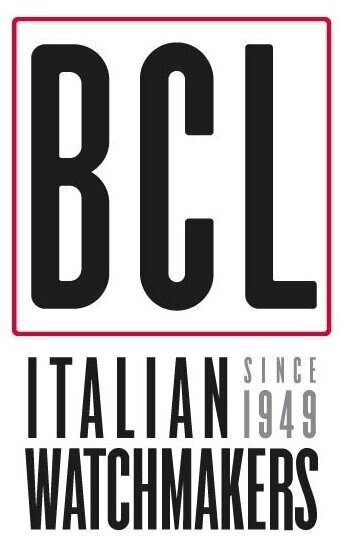Surprising success stories – How the pandemic has boosted business for many in the watch industry
Although the watch industry as a whole has suffered revenue declines of 25 to 30 percent during the pandemic, many in the industry have not only weathered the storm well, but are approaching the end of 2021 with healthy profit margins and bright outlooks for the future.
As Breitling’s CEO told Euronews: "The impact on the industry is not the same for everyone. Probably there will be less and less brands being successful, so the winner takes it all, or the winners will take it all."
Those winners include Rolex, Omega, Longines, Cartier, Patek Philippe, Tissot and Audemars Piguet, with Richard Mille following closely behind. These brands have cemented their leading position over their last two years, and have been strongly outperforming other brands.
Part of the reason for this upsurge in demand is that the halt to international travel and luxury holidays has left wealthy consumers with more disposable income and has led them to turn their attention to the high-end watch category instead. Also, in times of uncertainty, consumers tend to invest their wealth in tangible, high-value items and luxury watches are seen as a solid investment.
For brands such as Patek Philippe and Audemars Piguet which, even in normal times, favour cutting short production of certain lines, factory closures and reduced production meant that demand has far outstripped supply during the pandemic. This has not only resulted in a surge in profits for the producers, but has also meant an explosion in the pre-owned luxury watch market: sales of second-hand watches have been on the rise since 2019 and McKinsey estimates that pre-owned sales could top $30 billion by 2025.
This trend has meant a big boost for both auction houses and second-hand sites. In the online marketplace, a growing number of start-ups have been competing to become the eBay of the second-hand watch world, and it’s a market which is attracting huge interest from investors. For example, Germany-based Chrono24 recently raised $116 million from investors, and Switzerland-based Chronext was planning to raise around $270 million in an initial public offering.
Auction houses have also seen positive results in 2020. Thanks to their already well-established online platforms, many auctioneers were able to manage the online transition with ease and could adapt to the changes brought on by the pandemic in imaginative ways, such as by holding online theme sales, virtual live sales, and blended timed online and live sales.
Amongst the big winners from the move to the online market were legendary auction houses Sotheby's and Christie’s. In 2020, Sotheby’s online sales reached at least $47.4 million – five times the number of sales of 2019 and Christie’s set 11 world records, including at least five lots with a hammer price of more than $1 million.
In light of these positive outlooks, it is not surprising that the watch industry as a whole is expected to rebound from the pandemic and grow globally at 1 to 3 percent per year between now and 2025.
Contact us to give more info!

